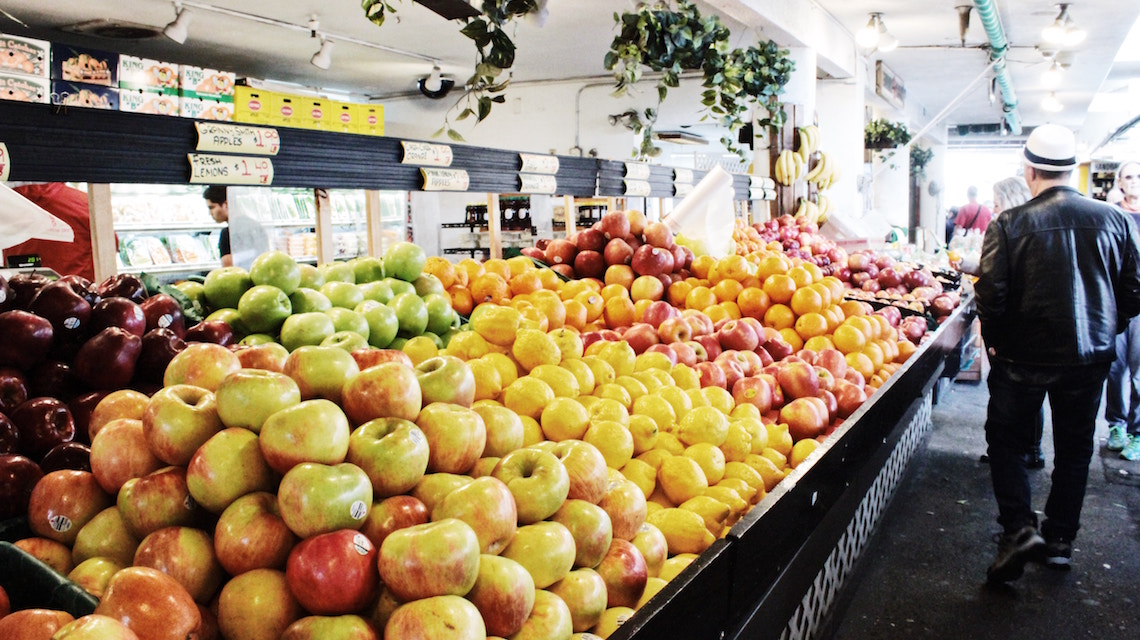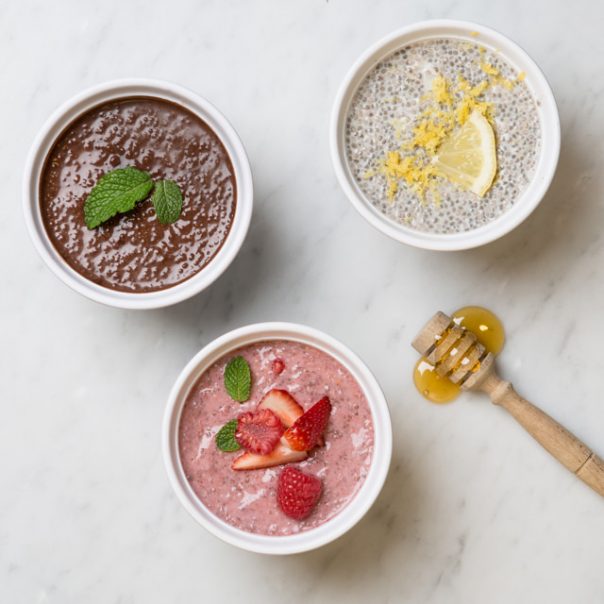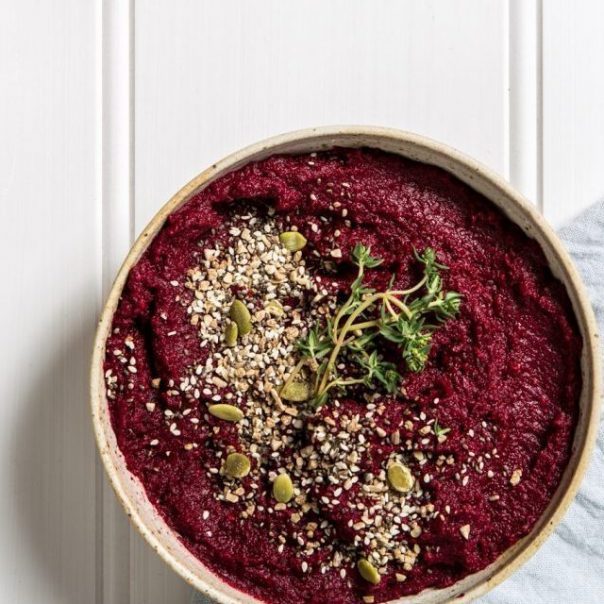One-third of all food produced for human consumption around the world goes to waste.
In Australia, we throw away around 3.1 million tonnes of food every year, which not only leads to a staggering waste of the energy, fuel and water used to grow the food but also contributes to dangerous greenhouse gas emissions. Many of us never think about the negative effects of decomposing food, but organic matter in landfills is actually responsible for 20% of all methane emissions.
Wasted food also costs the lives of millions of farm animals and hours of human labour, not to mention deforestation and the mountains of fertiliser and pesticides applied to crops that never get eaten. As a society, we have been challenging the food industry in recent years to make food production more environmentally friendly. But, we often fail to realise the role that we play as consumers, and that the amount of uneaten food we throw out at home is directly contributing to this global problem.
By thinking about the sustainable use of food and minimising our waste at home, we can all play our part in reducing environmental damage and contributing to a sustainable future for agriculture.
Connect with your supply
Becoming more connected to your food will help you avoid waste. Whether you grow your own food, shop at a locally-sourced farmers market, or simply take the time to learn about brands and suppliers at your local grocery store, the more you know and understand the process of your food supply the easier it is to take a conscious approach to your shopping, cooking and eating.
Know what you’ve got
Keep your fridge and pantry tidy and be mindful of the food you already have. We can all be guilty of forgetting the foods hidden at the back of the fridge, and accidentally doubling up! Make it a family ritual to have a weekly clear out of the pantry and fridge, and use the opportunity to think about meals you can make using your existing ingredients.
Store (and eat) your leftovers
Invest in quality storage containers in a range of shapes and sizes, making sure they are safe for both freezing and microwaving. We love this 10pc Glasslock oven-safe storage set. Learn how long certain foods will last (eg. a cooked lasagne will typically last 3-5 days in the fridge) and try to plan how and when you will eat these leftovers as your putting them into the fridge or freezer — that way, there’s less chance they’ll get forgotten! Label your leftovers with the date they were made, and try designating a certain shelf in your fridge so you always know where they are.
Get creative
There are plenty of ways to make use of the foods you would otherwise discard. Skip the store-bought stock and make your own bone broth from leftover bones. Similarly, you can use the often chopped-and-chucked parts of vegetables (like peels and ends) in vegetable soups and stocks. There are also a host of great recipes that make use of fruits that are a little past their best — bananas, in particular, are even better for baking when a little overripe! Take a look at our delicious Banana Raspberry Muffins, or try these super easy Overnight Banana Chia Oats.


